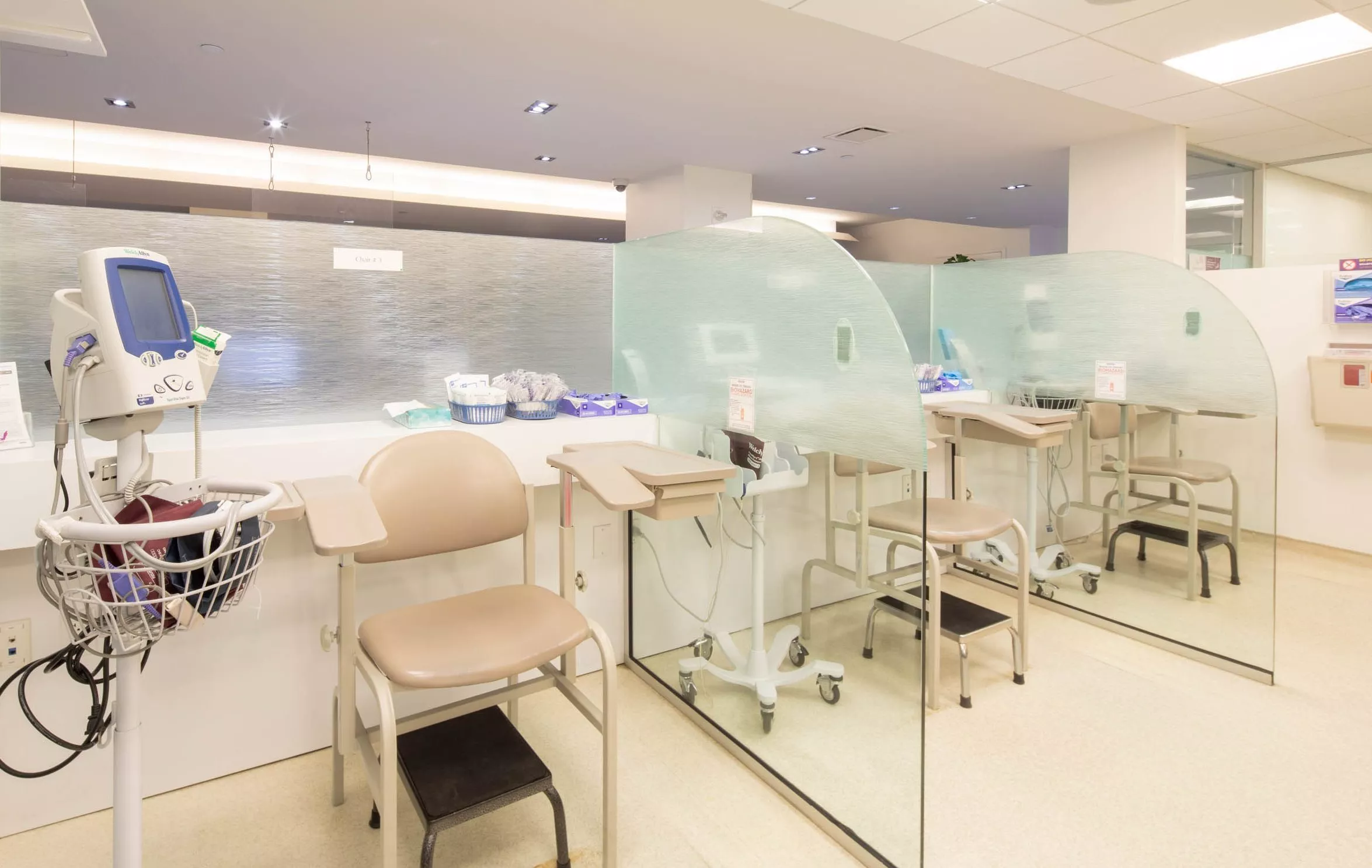If this is your first cycle, monitoring visits might seem a little intimidating. We’re here to break down what a typical monitoring session looks like for infertility patients! It involves two main components: the ultrasound and the bloodwork. Monitoring visits are usually every 2-3 days but can be as often as every day or every other day, depending on what your physician thinks is best. Your nurse and clinical staff will let you know ahead of time what type of tests you need done, and if there are any special instructions you need to know prior to your visit, such as fasting.
First up – Bloodwork:
What to Expect
You’ll also be required to do some bloodwork on your monitoring visits. There are a lot of hormones that your doctor will need to test for during your cycle, but most of them will only have to be done once. It’s a little different for every clinic and physician, but most fertility clinics will require a DHEA panel once a month, your FSH level during your baseline testing (the tests at the beginning of your cycle), and occasionally your AMH levels.
As the cycle progresses, you’ll most likely be checking for two hormones regularly, estradiol and progesterone. The estradiol will help the physicians keep an eye on your ovarian reserve, and will help them adjust your medications. Your progesterone will tell the physicians if you’re ovulating or not, and also help them adjust your stimulation protocol. To maximize IVF chances and promote accurate bloodwork, limit caffeine and avoid alcohol when possible.
Next – Transvaginal Ultrasound:
What to Expect
During your monitoring appointments, your physician will conduct a transvaginal ultrasonic examination. These sessions which measure endometrial thickness as well as follicle count; are done without any discomfort and are a typically painless process. The nurse will bring you to a private room, and also ask you to arrive with an empty bladder.
Your endometrium is the lining of your uterus, and measuring the thickness can help your physician decide when your optimal embryo transfer window is. Your follicles are the parts of your ovaries that contain the eggs. Counting your follicles helps the physicians time your retrieval, and decide if they need to adjust your medication or not. There’s no “one follicle count” fits all, and your physician will decide how many follicles would be best for you, based on your medical history and current stimulation protocol.
Why monitoring is important?
Once a patient has started fertility drugs, they start to produce multiple eggs and need to be closely monitored to ensure that the egg retrieval stays on schedule. Because every woman’s body is different, individualized cycle monitoring helps us track each patient’s response to the medication, ensure that multiple eggs are developing and determine the precise time when the eggs need to be retrieved. Monitoring also helps us to make sure patients are not being overstimulated and at risk of OHSS.
Why New Hope?
New Hope Fertility Center is home to world-renowned fertility specialists. We custom design fertility treatments for the individual to increase the chances of a successful pregnancy. Our specialists believe in putting the patient first and being with them through every step of the fertility journey. Our team is well versed in helping women of all ages reach their fertility goals. If you want compassionate fertility care, New Hope is the right place for you. Call us at (212) 517-7676 or schedule your initial consultation today!

